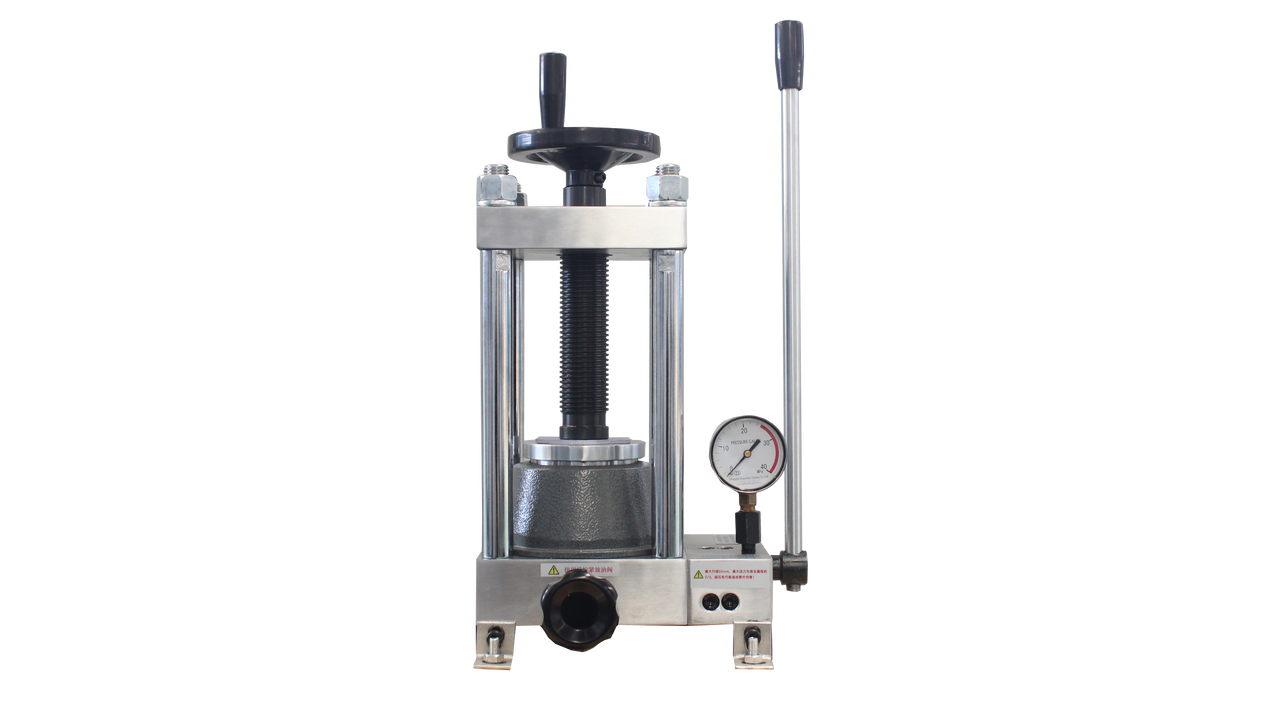Powder Press
A laboratory powder press is a machine used for compacting powder materials into solid forms such as tablets, pellets, or briquettes. The process involves applying pressure to the powder material in a die using a punch. The die is a mold with a cavity of the desired shape and size of the final product.
The powder material is first loaded into the die, and then the punch is pressed down onto the powder material, applying pressure to compact the powder. The pressure is usually applied hydraulically or mechanically. The compacted powder is then ejected from the die and collected for further processing.
Laboratory powder presses are commonly used in pharmaceutical research and development for testing the physical properties and behavior of powders under pressure. They can also be used in other industries, such as food, chemical, and agricultural, for producing compacted powders with specific properties.
Some of the key features of a laboratory powder press include the die and punch assembly, the pressure system, the powder feeding mechanism, and the control system. The die and punch assembly is typically made of high-strength materials such as steel or ceramic to withstand the high pressures involved in the compaction process. The pressure system can be hydraulic or mechanical, depending on the application. The powder feeding mechanism is used to ensure accurate and consistent filling of the die with powder. The control system monitors and regulates the pressure, speed, and temperature of the process to ensure consistent and reproducible results.

